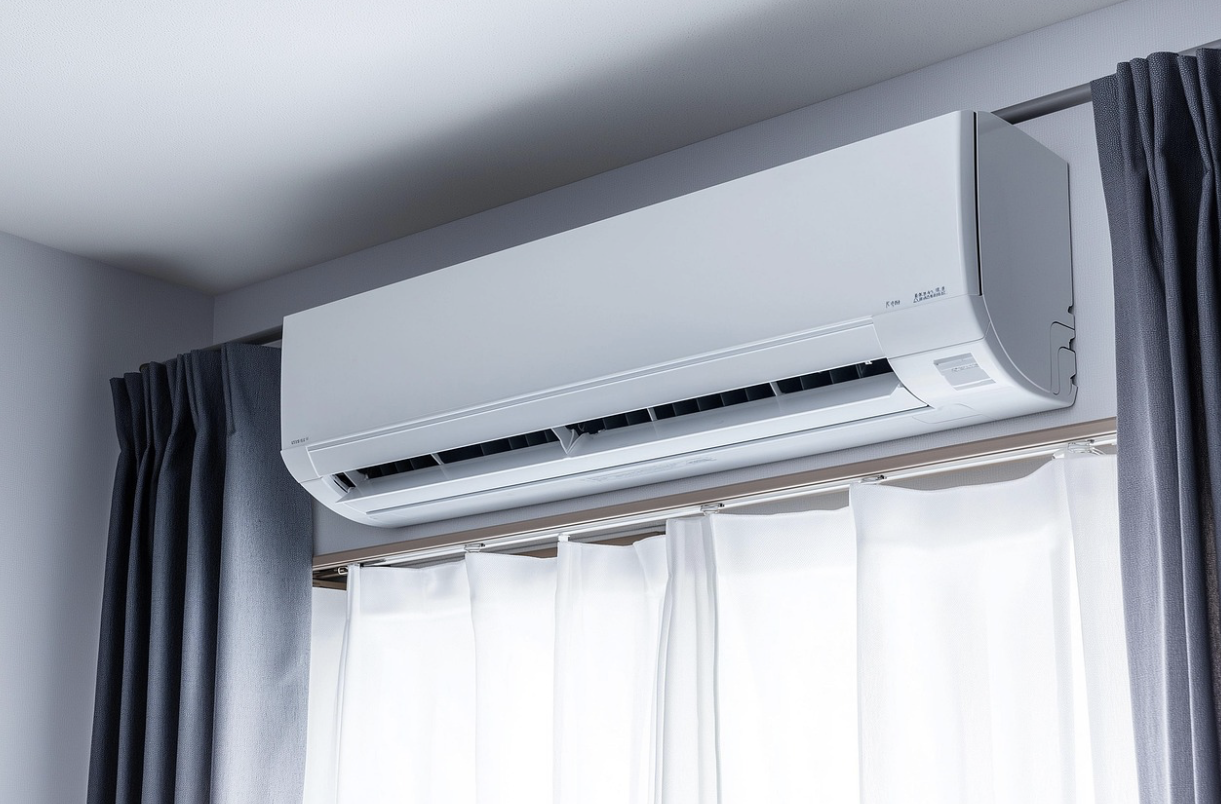What to Consider When Upgrading Your Home’s Heating and Cooling System
Upgrading your home’s heating and cooling system is a big decision that impacts comfort, energy efficiency, and long-term savings. Whether you're replacing an outdated unit or switching to a more eco-friendly option, choosing the right system requires careful consideration. The wrong choice could lead to higher utility bills, inefficient performance, or frequent repairs.
To ensure you make a smart investment, it’s essential to evaluate key factors such as system size, energy efficiency, and the latest HVAC technology. Understanding installation costs, long-term maintenance, and potential rebates can also help you maximize savings while improving home comfort.
In this guide, we’ll explore six critical things to consider before making your upgrade. By keeping these factors in mind, you can select the perfect heating and cooling system to keep your home comfortable year-round. Let's get started.
Assess Your Home’s Heating and Cooling Needs
Before upgrading your HVAC system, it’s important to evaluate your home’s specific heating and cooling requirements. Factors such as square footage, insulation, number of windows, and local climate all influence the type and size of the system you need. An undersized unit will struggle to maintain comfortable temperatures, leading to increased wear and tear, while an oversized system may short-cycle, reducing efficiency.
A professional energy audit can help determine your home’s exact needs, ensuring you invest in a system that delivers optimal performance. Additionally, consider zoning options if different areas of your home have varying temperature needs, as this can improve efficiency and overall comfort.
Choose the Right Energy-Efficient System
Energy efficiency plays a major role in lowering your utility bills and reducing your environmental impact. Look for HVAC systems with a high Seasonal Energy Efficiency Ratio (SEER) for cooling and an Annual Fuel Utilization Efficiency (AFUE) rating for heating. Modern systems, such as heat pumps and variable-speed units, offer better efficiency compared to older models.
ENERGY STAR-certified systems also meet strict energy efficiency guidelines, making them a smart investment. While high-efficiency systems may have a higher upfront cost, the long-term savings on energy bills and potential rebates can make them more cost-effective in the long run.
Ensure Professional Installation for Optimal Performance
Even the best HVAC system will fail to perform efficiently if it’s not installed correctly. Proper installation ensures that the system runs at peak efficiency, reducing the risk of breakdowns and prolonging its lifespan.
Working with a licensed and experienced HVAC contractor guarantees that your system is installed according to industry standards. As seen at https://kandsac.com/, professionals have the expertise to size and position the unit correctly, seal ductwork properly, and calibrate the system for optimal performance. Poor installation can lead to airflow issues, energy wastage, and unnecessary repairs, so it’s crucial to hire a qualified technician for the job.
Consider Smart Technology and Advanced Features
Upgrading your HVAC system presents an opportunity to incorporate smart technology for enhanced convenience and control. Smart thermostats, for example, allow you to program temperature settings based on your schedule, helping you save energy without sacrificing comfort. Some advanced models can even learn your preferences and adjust automatically.
Other features, such as variable-speed motors, humidity control, and air quality monitoring, can further improve your home's comfort. Investing in a system with modern technology not only makes your home more efficient but also increases property value. Before making a decision, explore different features to determine which ones best align with your lifestyle and comfort needs.
Understand the Long-Term Maintenance and Warranty Coverage
A heating and cooling system is a long-term investment, so ongoing maintenance is essential to keep it running smoothly. Regular servicing, such as filter replacements, coil cleaning, and system inspections, prevents major issues and extends the unit’s lifespan. When choosing a new system, check the manufacturer’s warranty coverage to ensure protection against defects and early failures.
Some warranties require professional maintenance to remain valid, so be sure to follow all recommended guidelines. Additionally, consider signing up for an HVAC maintenance plan with a trusted provider, as it can save you money on repairs and ensure your system operates efficiently throughout the year.
Calculate the Total Cost and Explore Incentives
Upgrading your HVAC system involves more than just the initial purchase price. Installation costs, ductwork modifications, and potential electrical upgrades can add to your expenses. Before making a decision, request multiple quotes to compare prices and services. Additionally, explore available rebates, tax credits, and financing options that can help offset costs.
Many utility companies and government programs offer incentives for upgrading to energy-efficient systems, making it easier to invest in high-performance models. While a cheaper system may seem appealing, prioritizing quality and efficiency will provide better long-term savings and comfort, ensuring that your investment pays off over time.
Upgrading your home’s heating and cooling system is a significant investment that requires careful planning. By assessing your home’s needs, choosing an energy-efficient system, and incorporating smart technology, you can enhance comfort while reducing energy costs. Professional installation ensures optimal performance, while regular maintenance extends the system’s lifespan. Understanding the total cost and exploring available incentives can also help you make a financially sound decision. With the right approach, your new HVAC system will provide reliable heating and cooling for years to come. Take the time to evaluate these factors to ensure a smooth, efficient, and cost-effective upgrade.







